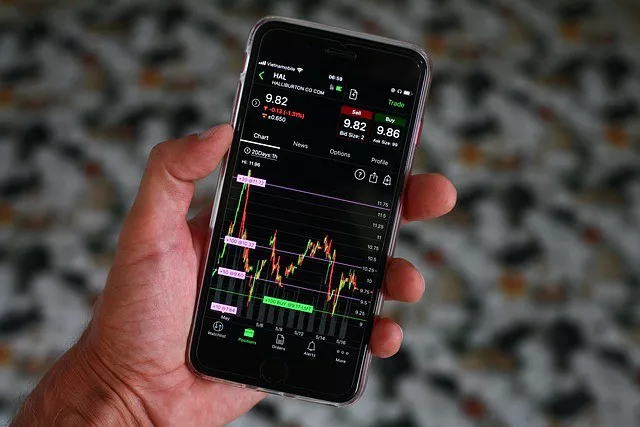Silver, with its lustrous appeal and enduring value, has been a cherished asset for centuries. For investors seeking to diversify their portfolios and hedge against economic uncertainties, silver bullion offers an attractive option. In this comprehensive guide, we will explore the ins and outs of buying silver bullion, providing professional tips to help you make informed decisions and navigate the world of precious metals with confidence. So, let’s delve into the world of silver bullion and unlock the secrets to a successful investment journey.
Understanding Silver Bullion and Its Appeal
Before delving into the buying process, it’s essential to understand what silver bullion is and why it holds allure for investors. Silver bullion refers to silver in the form of bars, rounds, or coins that are at least 99.9% pure. Its value is primarily derived from its intrinsic precious metal content, making it a tangible and valuable asset. Investors are drawn to silver bullion for its historical store of value, its potential to act as a hedge against inflation, and its role as a safe-haven asset during times of economic uncertainty.
Determining Your Investment Goals and Budget
Investing in silver bullion requires clarity on your investment goals and a well-defined budget. Assess your investment objectives, risk tolerance, and time horizon. Determine whether you seek to preserve wealth, generate capital appreciation, or balance your portfolio with diversification. Once you have a clear vision of your goals, set a budget that aligns with your financial capacity. Remember that silver bullion comes in various sizes and weights, each with its corresponding price point, so tailor your investment approach accordingly.
Researching Types of Silver Bullion Products
Silver bullion is available in different forms, each with its unique characteristics. Research various silver bullion products, including silver bars, silver coins, and silver rounds. Silver bars are typically available in larger sizes and offer a cost-effective way to invest in bulk silver. Silver coins, such as the American Silver Eagle or the Canadian Silver Maple Leaf, are government-issued coins that are widely recognized and easily tradable. Silver rounds, on the other hand, are privately minted and come in various designs, making them popular among collectors and investors alike. Understand the differences between these products to make an informed choice that aligns with your investment objectives.
Evaluating Dealer Reputation and Accreditation
When purchasing silver bullion, the reputation and accreditation of the dealer matter significantly. Look for reputable dealers with a proven track record of customer satisfaction and positive reviews. Ensure that the dealer is accredited by relevant industry organizations and adheres to transparent pricing practices. Avoid dealers with excessively high premiums or hidden fees, as these can erode the value of your investment. Verify the dealer’s credentials and certifications, and consider seeking recommendations from experienced investors or precious metals enthusiasts.
Comparing Pricing and Premiums
As with any investment, it’s essential to compare pricing and premiums before making a purchase. Silver bullion prices fluctuate based on market conditions, so stay updated on silver spot prices and track historical price trends. Additionally, be mindful of the premium charged above the spot price, which covers minting and distribution costs. Compare premiums from different dealers to ensure you are getting the best value for your investment. Remember that lower premiums do not always guarantee superior quality, so strike a balance between competitive pricing and reputable sources.
Understanding Storage Options
Storing your silver bullion securely is a crucial consideration in the investment process. Determine whether you prefer to store your bullion at home, in a bank safe deposit box, or with a professional storage provider. Each option comes with its own set of advantages and risks. If you choose to store at home, invest in a secure safe or storage system to protect your investment from theft or damage. For larger holdings, consider professional storage solutions with secure facilities and insurance coverage. Prioritize safety and accessibility when making your storage decision.
Diversification and Portfolio Allocation
While silver bullion can be a valuable addition to your investment portfolio, diversification remains a key principle in investing. Avoid placing all your assets into a single investment, and spread your risk across various asset classes. Evaluate your portfolio’s current allocation and determine the appropriate percentage to allocate to precious metals, such as silver bullion. Balance your investment strategy to align with your risk tolerance and long-term financial goals.
Conclusion:
Investing in silver bullion can be a rewarding endeavor for those seeking to safeguard their wealth and diversify their portfolios. By understanding the appeal of silver bullion, setting clear investment goals, and conducting thorough research, you can make informed decisions that align with your financial aspirations. Remember to evaluate dealer reputation, compare pricing and premiums, and choose a storage option that prioritizes security and accessibility.
As you embark on your silver bullion investment journey, remain mindful of market conditions and stay informed about silver prices and trends. Be patient and avoid making hasty decisions based on short-term fluctuations. In the pursuit of building a resilient and balanced investment portfolio, remember that diversification is key, and silver bullion can serve as a valuable hedge against economic uncertainties.


